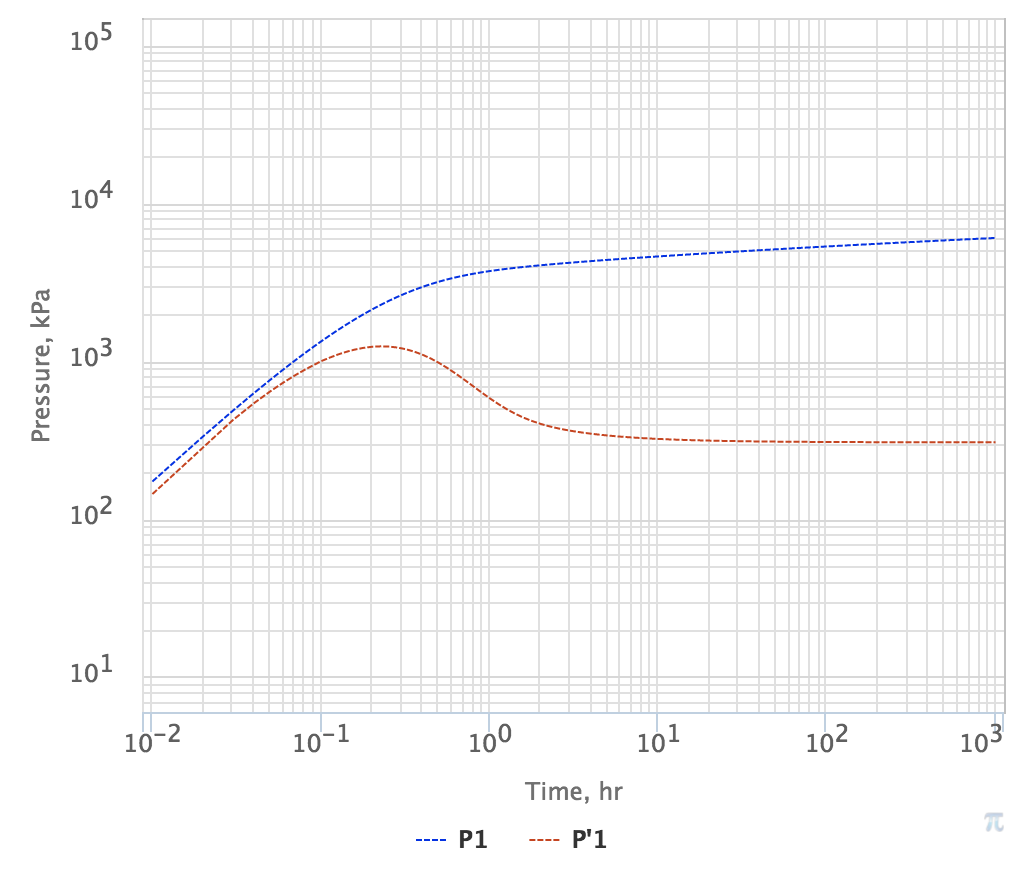...
| Expand | ||
|---|---|---|
| ||
Applications
...
| Expand | ||||||||
|---|---|---|---|---|---|---|---|---|
| ||||||||
In simplest case of infinite homogeneous reservoir, produced by a vertical well the
|
| Expand | ||||||||||||||||||||||
|---|---|---|---|---|---|---|---|---|---|---|---|---|---|---|---|---|---|---|---|---|---|---|
| ||||||||||||||||||||||
Pressure Testing – Infinite reservoir
| ||||||||||||||||||||||
| Expand | ||||||||||||||||
|---|---|---|---|---|---|---|---|---|---|---|---|---|---|---|---|---|
| ||||||||||||||||
The Productivity Index for single-phase low-compressibility fluid and low-compressibility rocks does not depend on formation pressure, bottom-hole pressure and the flow rate and can be expressed as:
|
| Expand | |||||||||||||||||||||||||||||
|---|---|---|---|---|---|---|---|---|---|---|---|---|---|---|---|---|---|---|---|---|---|---|---|---|---|---|---|---|---|
| |||||||||||||||||||||||||||||
Isobar equation for a constant-rate production:
This leads to estimation of isobar velocity:
|
...
